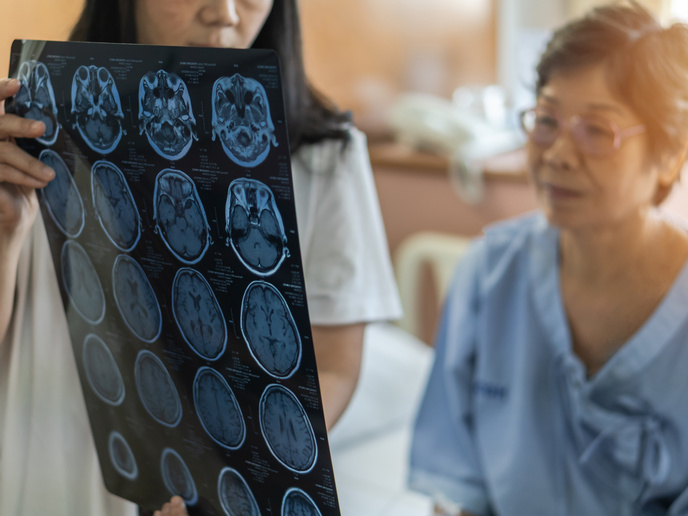Real-time detection and analysis of micro-emboli
Stroke is considered as one of the most rapidly increasing diseases in the Western World that, due to its complexity, may be difficult to diagnose. Urged by this, the UMEDS project focused on a new non-invasive means for improved monitoring and early diagnosis of stroke. Taking advantage of recent advancements in microbubble technology and ultrasonographic harmonic imaging, novel ultrasound techniques for both qualitative and quantitative evaluation of brain perfusion were developed. Key innovations included advanced ultrasound technology, new approaches to brain perfusion imaging, and novel microbubble technology for molecular imaging and thrombolysis. One of the key technologies that were developed was an automated system for detection of micro-emboli. Conventional methods for detection of microemboli in the cerebral circulation are based on transcranial Doppler (TCD) ultrasound information. The derived information undergoes further processing for detection and analysis of MESs, which is a costly, time-consuming and resourceful procedure. To fulfil this need, the UMEDS designed a knowledge-based system for automated identification and archival of MESs in real-time. It includes a PC and a powerful digital signal processing (DSP) board that provides Fast Fourier Transform (FFT) spectral analysis and MES detection. Information extracts from the input Doppler signals concerning time, frequency and neighbourhood domains are further processed with the aid of expert system reasoning theory. Archiving includes data files with each detected event, the respective segments of the raw Doppler signal and all relevant information. The technology has already been tested using Doppler signals derived from carotid endarterectomy patients and healthy volunteers. It was found extremely sensitive and highly specific in the detection and analysis of micro-emboli.







